Currently, the electric power sector contributes roughly 25% of all greenhouse gas emissions in the U.S. That’s why a lot of effort is being placed into figuring out alternative ways to power up our homes and our vehicles.
We begin with a little lesson about solar from Terrance Chambers. He is the Director of the Energy Efficiency and Sustainable Energy Center at the University of Louisiana at Lafayette.
Along with debunking a few myths, we really get into the economics of solar. Could this be what pulls one of the poorest states in the nation out of poverty? It certainly could help.
One of the most important statements in this episode is related to a study that shows that if Louisiana does nothing to adjust to the changes happening in the energy sector, the state stands to lose 30% of its total workforce due to the transition away from oil and gas to renewables.
Although they didn’t make it into the final cut of the edited episode, Terrance also mentions several organizations working in the New Orleans area on community solar projects. His list includes Louisiana Greencore, Feed the Second Line, Krewe of Red Beans, Together New Orleans, and Together Louisiana.
We also talked to Ann Vail, the Executive Director of Louisiana Clean Fuels, to learn more about electric vehicles. Interestingly enough, that opens up the conversation to health disparities.
The mission of Louisiana Clean Fuels organization is to help strengthen Louisiana’s environmental, economic, and energy security by supporting local actions to diversify transportation fuel options.
According to the EPA, the transportation sector is the highest contributor to greenhouse gas emissions. This includes cars, trucks, commercial aircraft, and railroads. We do not even touch the last two in this episode, though they do make up a large portion of the transportation pie.
During my chat with Ann I brought up the old South Baton Rouge neighborhood, which is where my next guest is originally from. His name is Paul Franklin and he is working with the Dallas side of our operation.
Additional Links
Project Lighthouse: a community solar project in New Orleans
What’s in the Inflation Reduction Act
Learn more about alternative fuels from this video produced by Louisiana Clean Fuels
Terms
We’re building on this list with every episode. Below are the terms related to this episode. CLICK HERE to see the full glossary of terms.
Alternative energy – Energy generated in ways that are less harmful to the environment because they are not as dependent on finite natural resources, particularly fossil fuels such as oil, coal or natural gas. Examples are solar, wind, biomass, geothermal and hydroelectric.
Community Solar - The U.S. Department of Energy defines community solar as any solar project or purchasing program, within a geographic area, in which the benefits of a solar project flow to multiple customers such as individuals, businesses, nonprofits, and other groups.
Electrical (or electric or utility) grid – The interconnected network of equipment that delivers electricity from suppliers to consumers. Often called "the grid," this infrastructure is made up of generating stations that produce electrical power; high-voltage transmission lines that carry power from distant sources to demand centers; and distribution lines that connect individual customers to the system. In other words, the poles and wires that transport electricity from where it's made to your home or business.
Mounting hardware – The racking and mounting equipment used to secure solar panels to rooftops (or to trackers in ground mounted power plant installations) and to each other; often made with lightweight aluminum frames and clips capable of withstanding the elements while minimizing impact to the roof.
Photovoltaic (PV) – PV technologies convert sunlight to electricity through a naturally occurring process in certain types of material, which are called semiconductors. When photons (energy particles) from the sun hit semiconducting materials such as silicon, electrons are knocked free from their atoms. If conductors are attached to the positive and negative sides of a solar cell, it forms an electrical circuit. When electrons flow through such a circuit, they generate electricity, powering electrical devices or sending electricity to the grid.




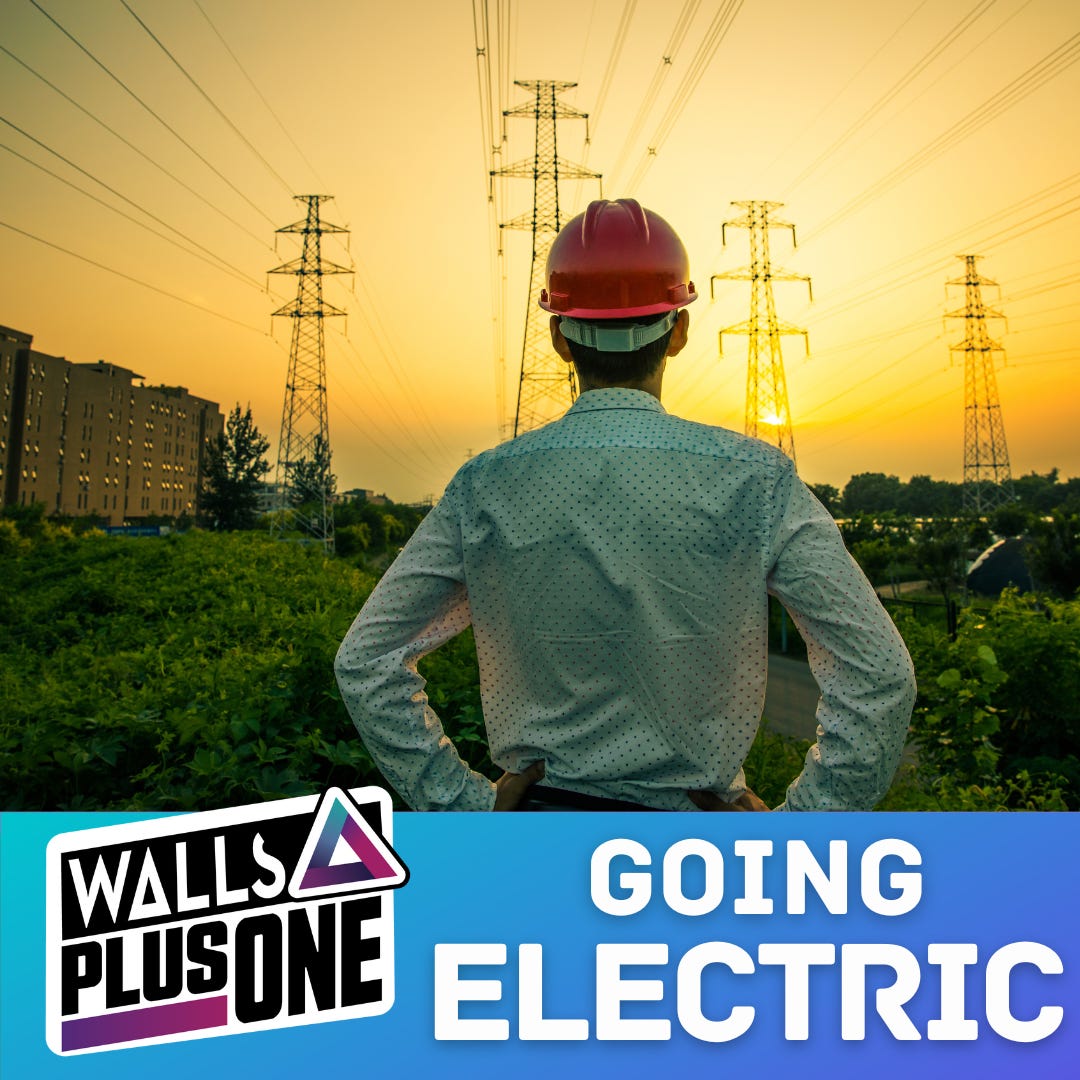


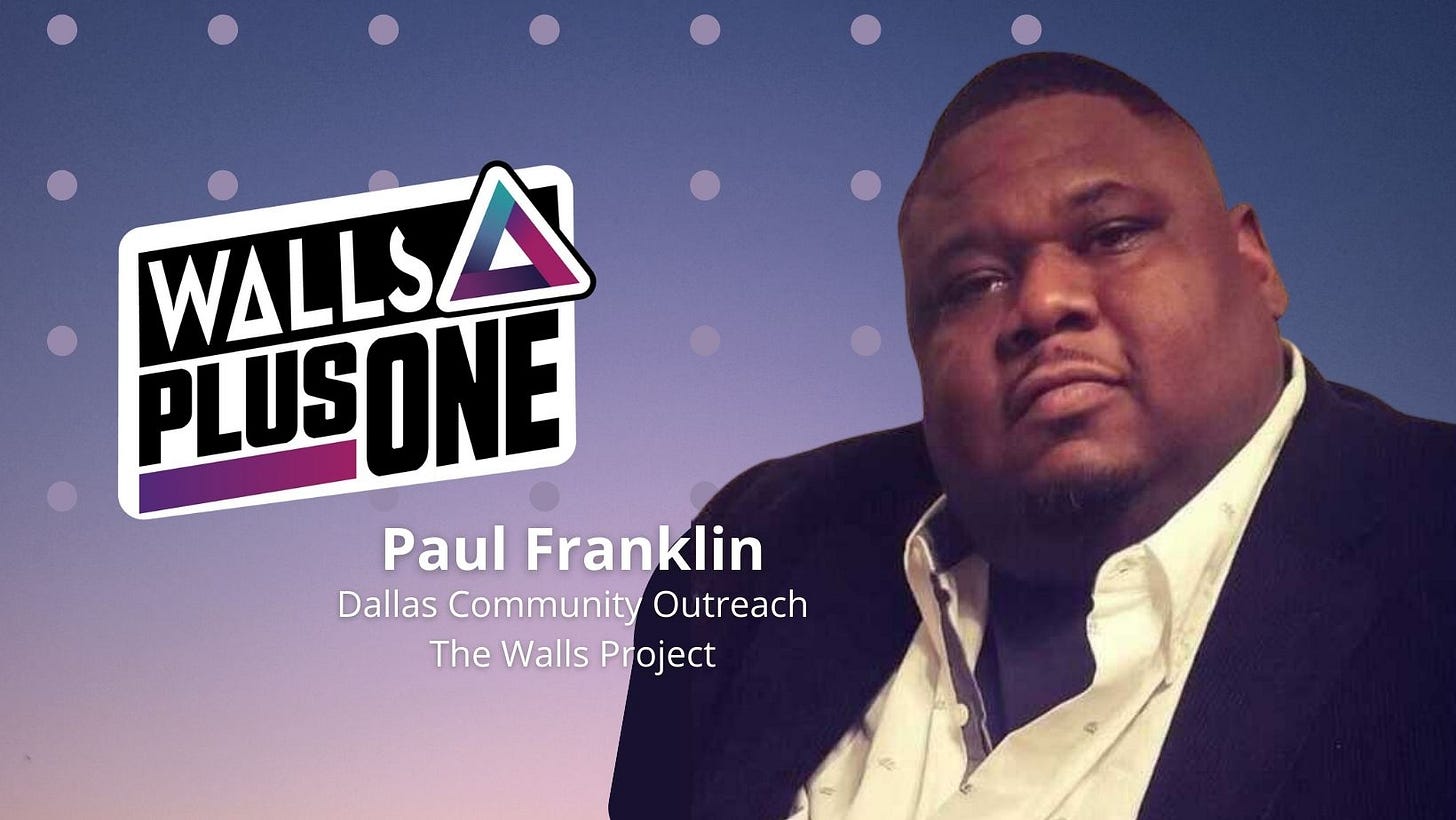

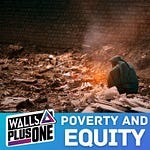
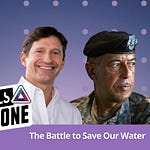

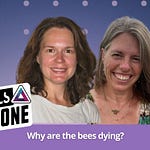


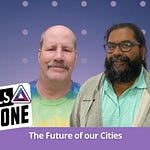
Share this post